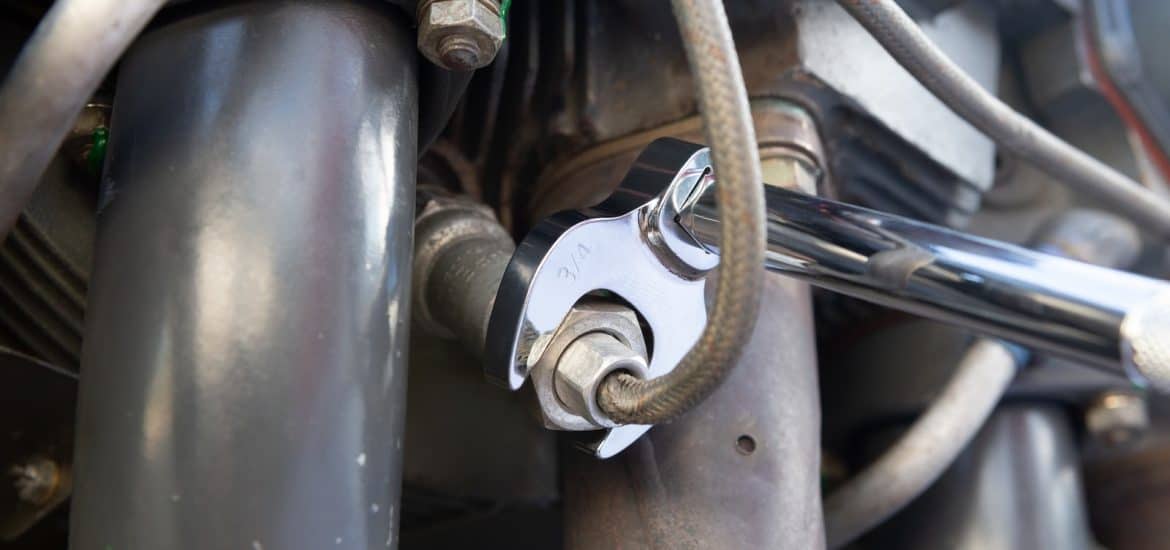The Basics of Hydraulic Pumps is an excellent resource for anyone who wants to learn more about hydraulic pumps. This book will teach you everything you need to know about the fundamentals of hydraulic pumps, which include how to design, choose and maintain them.

Plunger
Hydraulic pumps pump liquids or gases from a reservoir or tank to another location. They can also be used in hydraulic systems to circulate water for cooling purposes. The fluid pressure in these pumps is controlled by a set spring force.
Pressure is usually measured in psi, but pumps are rated in gallons per minute (GPM) or cubic inches per revolution (ci/r). Displacement is also a measure of the amount of liquid the pump can deliver. It is calculated by the geometric characteristics of the oil-carrying chambers.
Pumps are generally divided into positive displacement, fixed displacement, and nonpositive displacement. Each type has unique features, but they all have some common characteristics.
Positive-displacement pumps are the most commonly used type in hydraulic systems. They allow for higher pressures without causing excessive leakage. Hydraulic Pumping is a tried-and-true artificial lift method that has been used since the early 1930s.
Centrifugal
Hydraulic pumps are used to move liquid in hydraulic systems. These pumps work by creating a low-pressure area at the pump’s inlet port, and the fluid is then pulled into the center of the impeller.
The various types of hydraulic pumps are numerous. Positive displacement pumps are the most prevalent kind. Liquid can be pumped at higher pressures with positive displacement pumps without significant leakage.
Pumps are also used in hydraulic systems for marine applications, such as fire mains and seawater pumps. They are also used in aircraft and missiles at high altitudes.
There are three basic designs of hydraulic pumps. Each method has its own characteristics and efficiencies.
Positive-displacement pumps, like axial piston pumps, have relatively high volumetric efficiency. This is a measure of how much the fluid pump delivers per cycle. However, a change in speed can reduce the amount of fluid produced.
Bent axis
Hydraulic pumps can operate with working pressures of 350 to 420 bar in continuous work. The hydraulic oil is pumped through a suction port at a lower pressure and then sucked through the s-shaped ports, generating the requisite flow rate to keep up with the demand. While they can withstand high temperatures and are prone to wear and tear, they can still perform the most complex tasks in a timely fashion. They also provide a means of transferring power from one point to another, which can be handy in a pinch. A good number of them are also available for mobile applications.
Many hydraulic pump manufacturers are on the market, including Parker, Rexroth, and Volvo. Among them, bent-axis pumps stand out. Bent axis pumps are a cross between fixed and variable displacement pumps. Their main components are the pistons, blocks, thrust plates, connecting rods, and universal joints. Moreover, bent-axis pumps are less noisy, have high power density, and are relatively compact.
Gear
A hydraulic pump is a system that pumps liquid through a series of tubes and valves. There are two primary pump components: the drive and the idler. Both are made of powder metal. However, there are other material options for these parts.
For example, a P/M gear can be assembled with a wrought steel shaft. This allows the assembly to be more economical than a solid gear shaft. It can also be made with reverse gear for maximum efficiency.
A high-pressure pump gear is made of conventional MPEF molybdenum steel, heat treated to HRC 45. This is the most sophisticated of the traditional P/M pump gears. The material has tight tolerances on the outer diameter and inner diameter.
It also has a root fillet radius, a valuable feature that improves volumetric efficiency.
Vane
Vanes are essential components of hydraulic pumps. They come in many different styles. A fixed displacement design has two chambers, whereas a variable displacement model has just one enclosure.
The variable displacement vane pump has been used for more than 30 years and is widely used in energy-efficient applications. It uses an offset rotor that moves in and out of a circular ring.
There are several reasons to consider a vane pump. For one, they can handle low-viscosity fluids, which are unsuitable for pistons and gear pumps. Additionally, they can operate at high speeds.
They are also relatively quiet and have a long life. Maintenance is simple and inexpensive. However, these pumps are not designed for extreme pressures. Look elsewhere if you have very high viscosity or abrasive fluids.